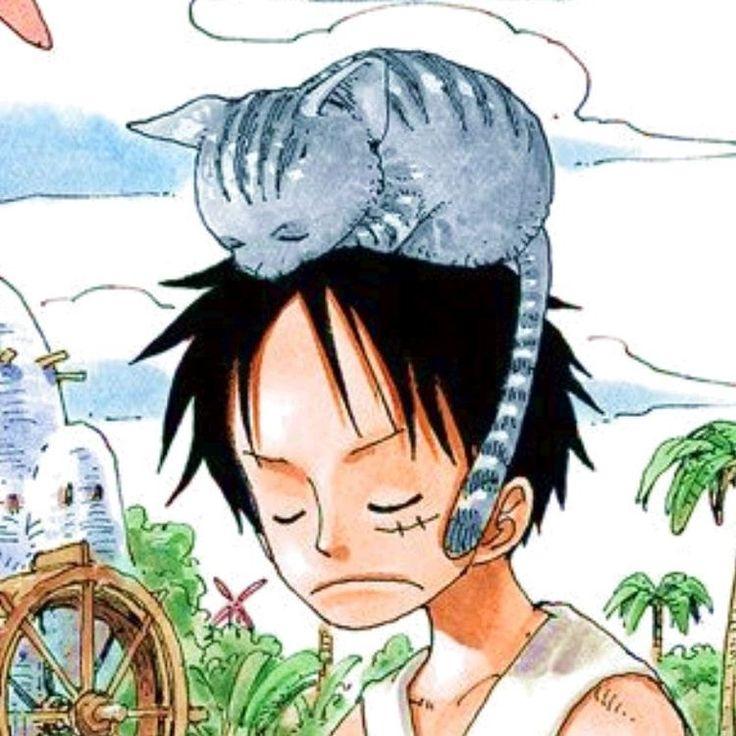I imagine that HDR isn't a common requirement.
High-Dynamic-Range correct?
looking for a tool for creating HDR sprite sheets
No, there is no software in the world that could create a HDR sprite sheet, however it can be faked and any 2D software can fake it.
HDR takes 3 photos: one regular, one under exposed and last a over exposed photo of a scene. These are merged into a new image, gaining the color and sharpness of the under expose, the light from over exposed, and mapped to the regular photo.
So using a single image there is no way to create the light, just as scaling a image doesn't create the missing pixel data.
However it can be faked using 3D software light or 2D software filters and pulling known data from the image.
There is software that will do this to a single image for you, however it won't work on a sprite sheet as it depends on dull colors to work.
The other problem with auto tools for this is that a computer has no imagination, it can't predict what every image will look like over exposed and under exposed.
So most of the time the resulting over exposure and under exposure just cancels out, resulting in only a slightly changed image.
Here is a tutorial to show how it's done, remember this is only a guide you will need to study HDR and use phothos as refrence to get a good image each time: http://www.instructables.com/id/HDR-looking-effect-with-only-1-photo/
If you insist on using some quick tool use this versatile tool : https://hdrconverter.com/helper/ZWUwiVgFwAJIPNrpL3M3mE3CpK5wcK4F210192
You can select a filter that matches your color scheme.
Or just get Gimp/ Photoshop and just play with the filters, you are just as likely to get good results.
I want to make animated emission maps
What? Emission maps are black and white, HDR will have no effect. Even if the engine you are using uses color for emission the color will be so bright there will be no visible effect from HDR.
Edit:
Just remembered this: https://www.patreon.com/posts/behind-you-64-6122227
Some artist will disagree, however I feel they capture the HDR into a drawing style.




